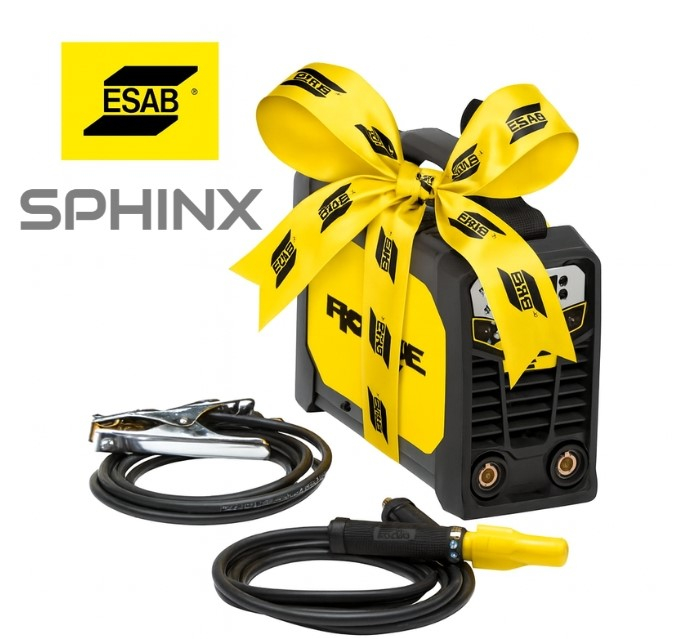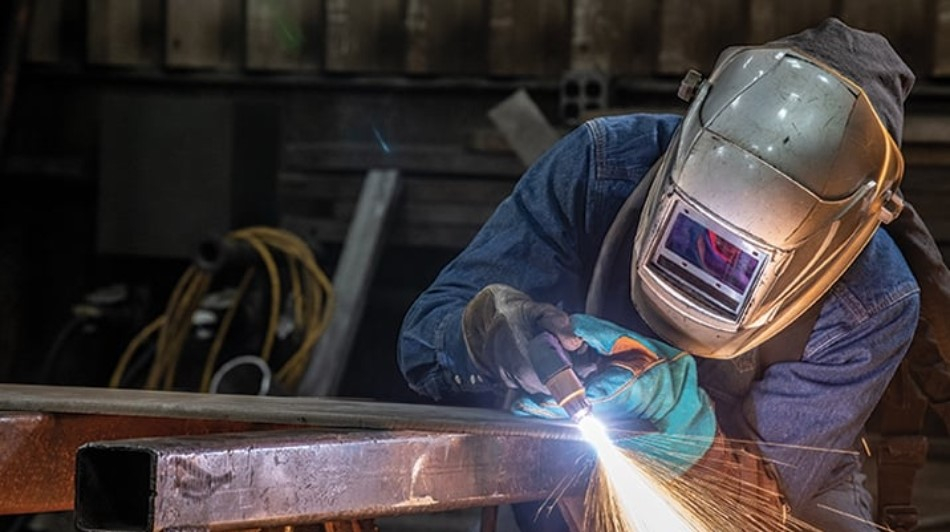Esab Christmas Special - Give the Gift of Quality Welding


When you’re in the business of cutting steel — whether that’s fabricating, maintaining, or hiring out industrial welding gear — the same question always comes up: Oxy-Fuel or Plasma?
Both are powerful, proven, and capable of turning thick plate into precision parts. But they’re very different animals. At Sphinx Industrial, we are faced with the same question every day, so here’s our honest take on which system comes out on top, and when.
Oxy-Fuel Cutting: The Classic Workhorse
Oxy-Fuel (or “gas cutting”) is the old-school champion. It uses a flame fed by oxygen and a fuel gas (often acetylene or propane) to preheat the steel. Then, a jet of pure oxygen does the real work — oxidising and blowing away the molten metal. This is the go-to method for heavy-duty jobs, and it’s been trusted on construction sites and in fabrication shops for generations.
Best for:
Mild or low-alloy steels
Thick plate cutting (25mm and beyond)
On-site jobs with limited power access
Why people still love it:
Rugged, simple, and easy to maintain
Great for cutting thick steel sections — even over 300mm
Portable — you can take it anywhere with gas bottles
Drawbacks:
Won’t cut stainless or aluminium
Slower than plasma
More heat input = more distortion and cleanup
Plasma Cutting: The Modern Marvel
Plasma cutting takes things up a notch. Instead of burning through the metal, it uses an electrical arc and compressed gas to form a stream of plasma — an ionised gas that can melt through metal at lightning speed. It’s fast, precise, and perfect for workshops that demand consistency.
Best for:
Mild steel, stainless, and aluminium
Sheet metal and mid-thickness plate (up to ~50mm)
Workshop and production settings
Why it’s popular:
Cuts any conductive metal
Clean, smooth edges — minimal finishing required
Compatible with CNC systems for repeat accuracy
Quick startup with minimal preheating
Drawbacks:
Higher upfront cost
Needs electricity and compressed air
Slightly more complex maintenance
You can take a look at our range of plasma cutters right here
Oxy-Fuel vs Plasma: The Showdown
| Feature | Oxy-Fuel Cutting | Plasma Cutting |
|---|---|---|
| Material Type | Ferrous metals only | All conductive metals |
| Cutting Thickness | Up to 300mm+ | Up to ~50mm |
| Speed | Slower | Very fast |
| Portability | Excellent | Requires power source |
| Edge Quality | Rougher, more slag | Clean, precise |
| Setup Cost | Lower | Higher |
| Maintenance | Simple | Moderate |
It really depends on your work.
If you’re cutting thick plate steel out in the field — where durability and portability matter most — go for Oxy-Fuel. It’s reliable, low-cost, and doesn’t need a power outlet.
But if your priority is speed, versatility, and precision — especially in a workshop or production setting — Plasma cutting is the way forward. You’ll get faster cuts, less cleanup, and the ability to handle stainless or aluminium with ease.
In short:
Oxy-Fuel is the powerhouse. Plasma is the precision tool.
Many of our customers use both — Oxy-Fuel for the heavy lifting, and Plasma when accuracy is key.
At Sphinx Industrial, we supply and hire out both Oxy-Fuel and Plasma systems because every job has its own demands. Our hire fleet is fully maintained, safety-checked, and ready to go — whether you need the raw strength of Oxy-Fuel or the speed and finesse of Plasma.
We’re here to help you match the right tool to your next metal cutting challenge — and keep your operation running sharp. If you need any advice on which system suits your work best, give us a call on 02476 364411 and we will be happy to help.